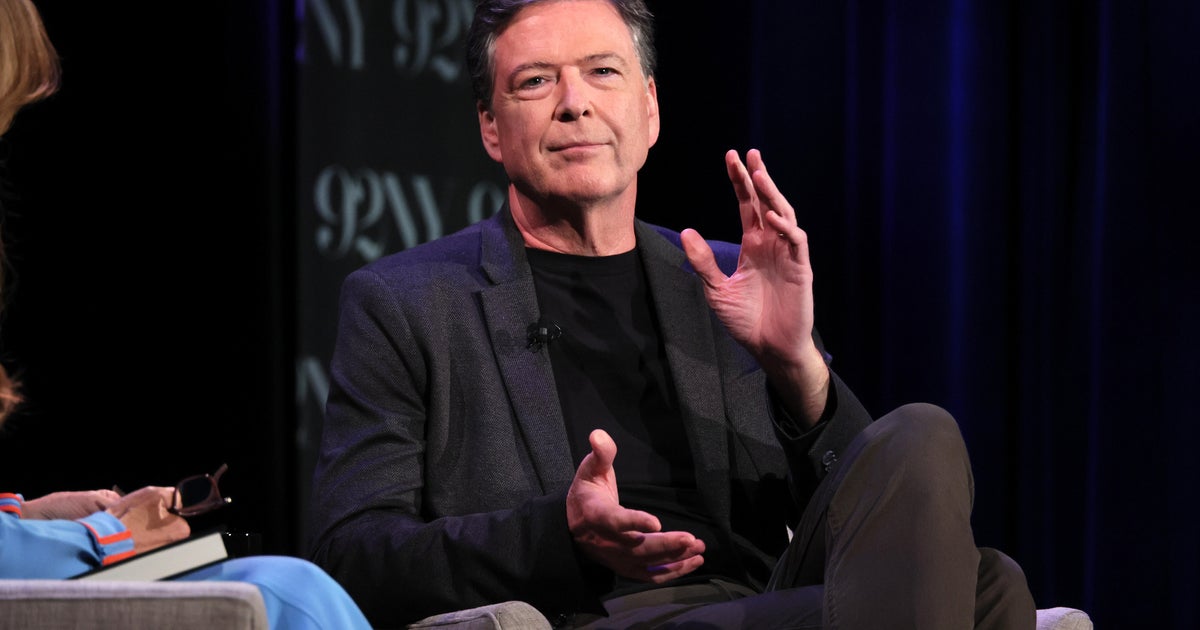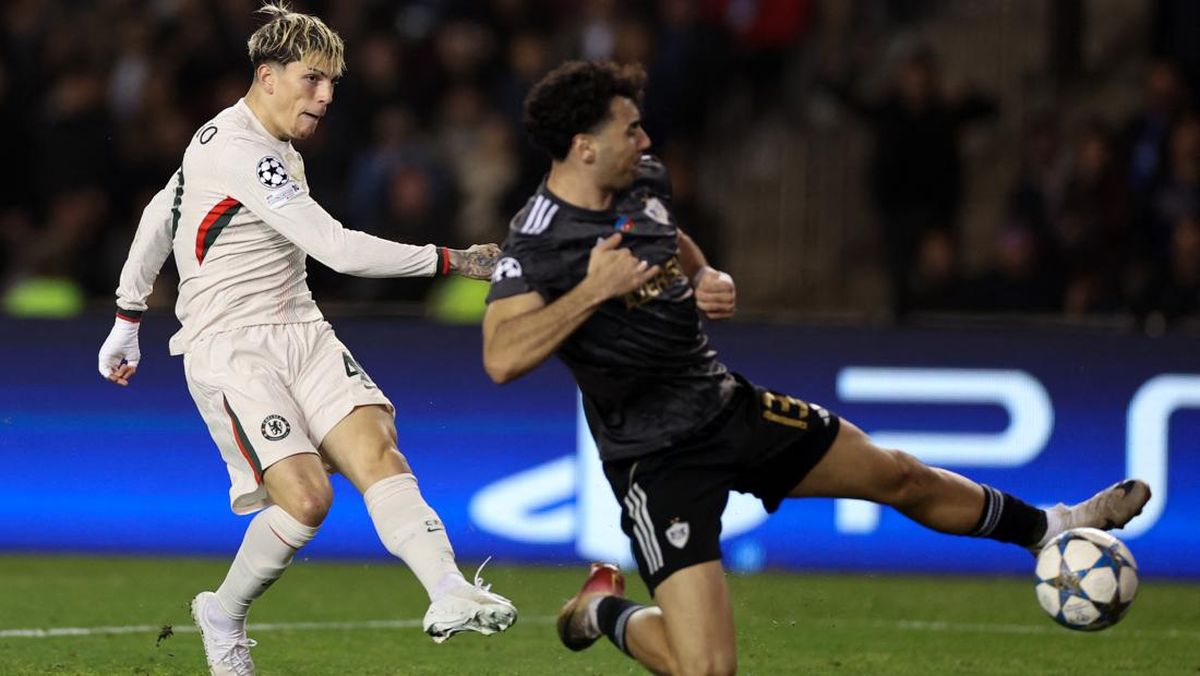Recipe writer, stylist and photographer Katrina Meynink has a knack for making the dullest dishes dazzle. She shares her not-so-rigid rules for maximum flavour, colour and crunch.
I am often asked how I make my food look good. And while I hate the word “hack”, I have picked up a few tips and tricks to give your Tuesday night bowl of bolognese a glow-up without needing a pair of tweezers, a sous chef, six spare hours and mood lighting.
That said, we eat with our eyes first. And when food looks good, it just tastes better. It’s science, it’s psychology, it’s the way your brain lights up before your fork even hits the plate. A gloss of oil, a scatter of herbs, the warm gleam of something just-charred − it all builds anticipation.
You don’t need to be a chef or a food stylist. A little attention to detail can make a Tuesday-night stir-fry feel like a tiny celebration instead of just sustenance.
So here are my not-so-rigid rules − more whispers than commands − for styling food at home that looks the part without feeling performative.
Perfection is awful
It really is. It’s sterile, restrictive and stressful. Food styling home-cooked food has nothing to do with tweezering micro herbs and everything to do with a little “intentional” mess.
The aim is controlled chaos – roughly tear your herbs, add condiments with a carefree drizzle. It is all about placing things on the plate with purposeful recklessness and generosity.
Every time I add herbs to a plate, I don’t think; I just let them fall. I guarantee this casual scatter will look better every time than contrived, finely chopped greenery.
It begins and ends with colour
Nature is a show-off, and produce is her medium. Contrast will always be your friend. If your dish is mostly beige or brown (hello, risotto and beef stew, I still love you), add something punchy — a handful of chopped herbs, a slick of olive oil with chilli, or a few pomegranate seeds scattered like a careless afterthought.
Layering colour brings dimension. Think purples against greens, burnt oranges with creamy whites, black sesame over bright yellow yolk. Use your plate like a canvas, but remember: restraint is key. Think of the colour wheel and add an opposing colour, and you will be guaranteed depth and interest.
My mantra is always: drizzles, dollops and crunch. This is the winning trifecta. Something saucy, something creamy, something with bite.
The power of the plate
You can cook the most delicious stew, but serve it on your old chipped Anko plates and it loses some of its magic. You don’t need a cupboard full of handcrafted ceramics. Just be aware of what the plate is doing for or to your food. Lighter foods, such as fish or salads, pop on darker plates. Hearty dishes, particularly those darker in colour, love a white or cream base. The plate is always part of the storytelling.
Textures make the tune
Great styling isn’t just about how things look. It’s about how they feel. A soft pillow of whipped feta next to crisp-edged roast vegies? Yes, please. Silky pasta against a crumble of toasted breadcrumbs? Always yes. In writing, they say “show, don’t tell”, and this also rings true with food. Think crunchy versus creamy, chewy against tender, crispy beside melt-in-your-mouth. Texture is the punctuation of your dish — the full stop, the comma, an exclamation.
My mantra is always: drizzles, dollops and crunch. This is the winning trifecta. Something saucy, something creamy, something with bite.
Say you’re serving roasted veg. Add:
- A drizzle of tahini sauce
- A dollop of Greek yoghurt
- A sprinkle of dukkah, chopped nuts or crispy shallots (aka crunch confetti)
This kind of layering makes even the simplest dish feel like you’ve just walked it out of an achingly cool wine bar kitchen, no extra cooking required.
- Chermoula-roasted sweet potato with falafel crumble (pictured above)
Composition is key
Style isn’t just about what you serve, but how you serve it. The context. The energy. This is where your inner artist comes out.
Height works. Flat food is sad food, so always try to stack, layer or lean to give your dish a bit of a lift. Pile salads up, not out. Lean a piece of fish or grilled steak on the roasted veg or mash, like it’s lounging on holiday.
The rule of odds is important. Foods in odd numbers always look better. Think three roasted carrots, five radish slices, one heroic meatball. It helps you to choose a focal point and build from there.
Also, please stop overfilling. Give your food air to breathe. Negative space on the plate – be it between foods or the rim of the plate – is important. A crowded plate screams, “I can’t help myself at the buffet”, but one with space is going to look elegant.
And lastly, tools always help (see below).
Now go forth and scatter sesame seeds with flair. Your dinner deserves it.
Your styling toolkit for real-world plating
- A good spoon (for swooshing and dolloping like Nigella Lawson)
- A Microplane (lemon zest = instant glow-up)
- A little bowl of flaky salt (Maldon makes everything fancy)
- A decent flat plate or bowl (ideally with no chips)
- A sense of humour
The best recipes from Australia's leading chefs straight to your inbox.



















































